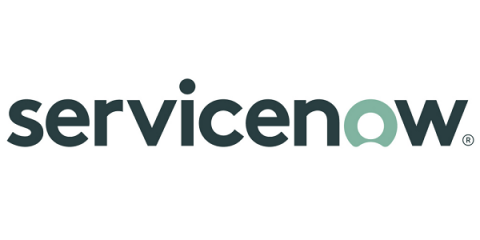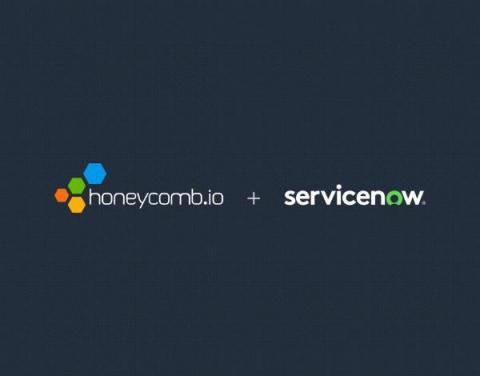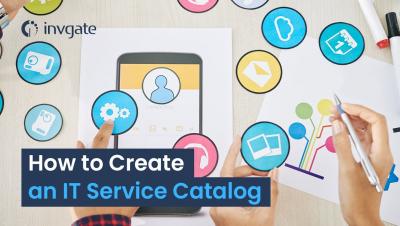Operations | Monitoring | ITSM | DevOps | Cloud
ITSM
The latest News and Information on IT Service Management, Service Desk and related technologies.
What does 'customer first' mean?
October Cumulative Update for the Alloy ITSM/ITAM Platform
Alloy Software released a new cumulative update to the Alloy Software ITSM/ITAM platform. This update (2022.1.1) includes quality improvements, improves stability, and resolves a number of issues reported in earlier versions. The update involves Alloy Navigator Enterprise, Alloy Navigator Express, and Alloy Discovery Enterprise.
Steps to optimize Asset Management for Large Fintech Organizations
In the past three years (post-covid-19), we have seen a major decline in manual processing. Technology is on a boom, there is a major shift in how work was previously done and the way it is done now. If we talk about Financial Institutions, there is a major shift in how the tasks are now performed. Previously they used to rely on their employees for Asset Tracking and Management as they did not have a lot to focus on.
How modern service operations drive fast resolution of IT issues
Managing technology services and operations can be like trying to jockey around road hazards in a vehicle that doesn’t have all the features you need for the drive. Just as your navigation technology helps keep your journey on track, full visibility into IT issues is vital. That’s what automated service operations offers. When different teams use different tools with different views of data, it can be a struggle to see if there’s a problem.
New Honeycomb Integration With ServiceNow
Today, I’d like to tell you about a new community-contributed integration that connects Honeycomb to your ServiceNow workflows. My new integration reimagines what’s possible when connecting observability tools with ITSM systems. This post explains how it works and how to get started with it.











